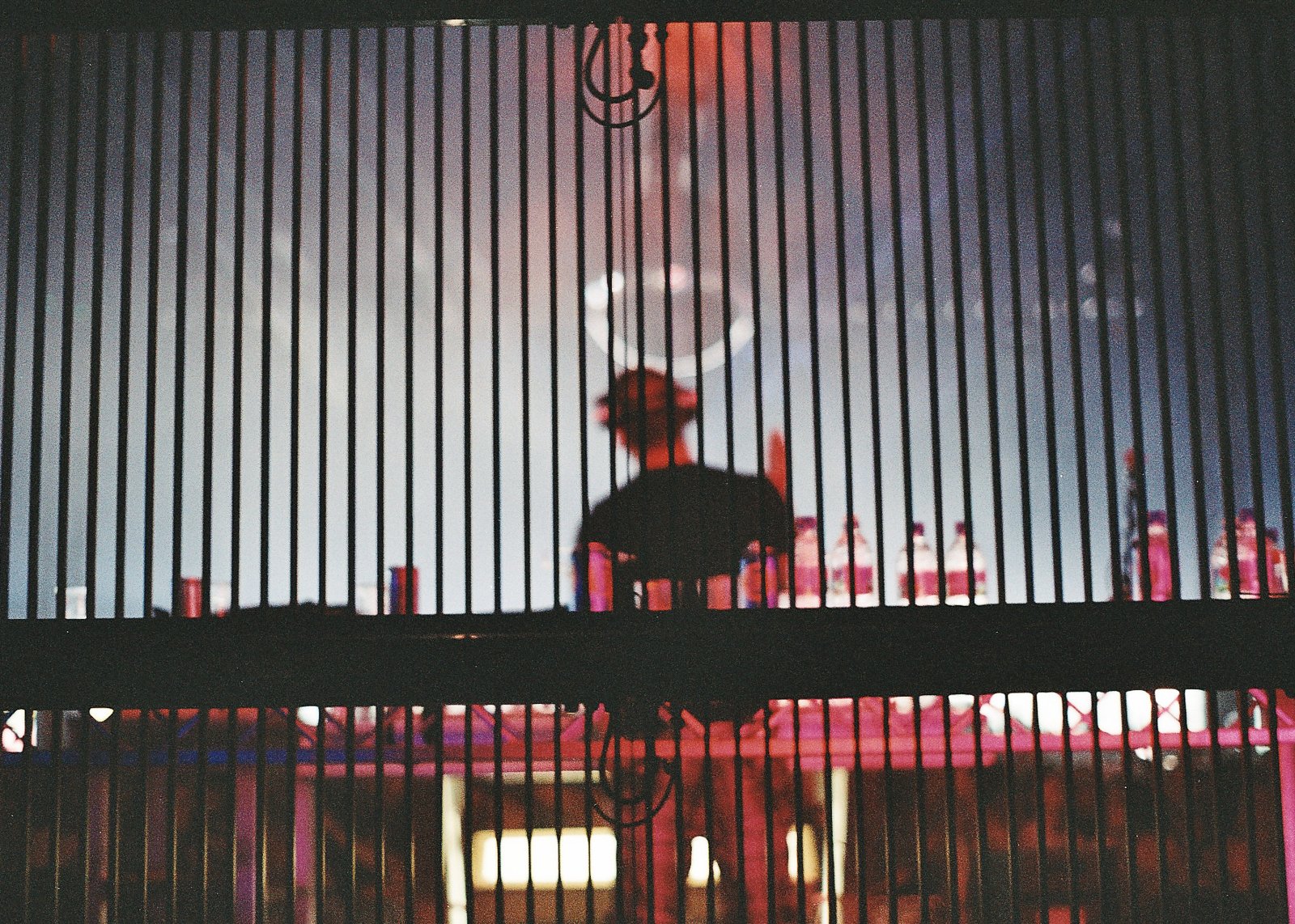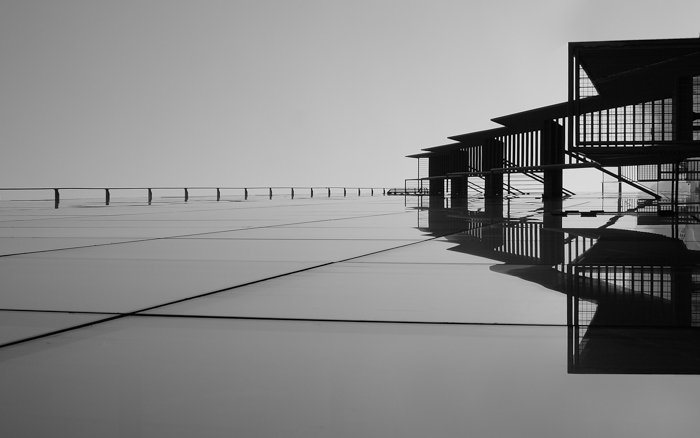6 Ways to Use Lines in Photography Composition
Using lines in photography composition is a great way to make your images more powerful. A straight horizon or a series of street markings, lines can be a photographer’s best friend. They can add structure or a sense of direction, adding more meaning to your photographs.
This article is the best starting point if you want to learn more about using lines in photography composition. We look at how you can use lines of all kinds to strengthen your photographs. You can also see our full article on photography composition if you want to learn more.

Using Lines in Photography Composition
Lines are one of the most important tools in photography composition. You can use them to draw the eye, create patterns, or bring extra meaning to your images. They can be straight lines, curves, or a combination of different lines. You can use any type of line you have available to add more to your image.
This article explores all the ways you can use lines in photography composition. We look at vertical, horizontal, and diagonal lines. We also cover leading and converging lines. Once you’re done, you’ll be able to harness the power of lines for stronger compositions.
Each section has a link to a full article on the subject, so follow the links if you want to learn more about that topic.
Vertical Lines
Vertical lines in photography are a powerful tool for creating compelling compositions. They can add depth, stability, and a sense of infinity to your images. When shooting in portrait orientation, vertical lines are accentuated, encouraging the viewer to see the lines within the frame.
By placing vertical objects at different distances, you can create a sense of depth in your photos. Perspective also plays a key role in how we perceive lines, with focal length affecting the appearance of depth and distance between objects.
When using vertical lines in landscape orientation, they can create a sense of repetition and infinity, as if the lines continue beyond the frame.
To learn more about vertical lines in photography, check out this in-depth article that explores the topic further.

Horizontal Lines
Horizontal lines are everywhere in photography, even in photos without straight lines. The frame itself is bound by horizontal or vertical lines. Using horizontal lines effectively can help group elements together and establish details like direction and location.
Unbroken horizons are boring, but you can make them more interesting by intersecting the horizon with a foreground element. Horizontal lines also give a feeling of stability because of their relation to the horizon and ground we stand on.
Perspective and viewpoint play a big role in how horizontal lines appear in your photos. Layering multiple objects in lines can create a strong sense of direction and movement. Even subtle contrast, like ripples in water, can produce horizontal lines that add to your composition.
Check out this in-depth article on horizontal lines in photography to read more about the topic.

Diagonal Lines
Diagonal lines in photography add direction and dynamics to an image. They lead the viewer’s eye through the photo, creating a sense of movement and tension. Diagonal lines can be found in many places, like roads, fences, or buildings.
Using diagonal lines is a great way to improve the composition of your photos. They help to break up the image and add visual interest. Diagonal lines can also be used to point to the main subject of the photo, guiding the viewer’s eye where you want it to go.
We have a full article if you want to learn more about diagonal lines in photography.

Leading Lines
Leading lines are one of the most effective compositional tools in photography. They guide the viewer’s eye through the image, creating a visual path that leads to the main subject or focal point. By using leading lines, you can add depth and movement to your photos, making them more dynamic and engaging.
Leading lines can take many forms, such as roads, paths, bridges, or even natural elements like trees or rivers. They can be straight, curved, or diagonal, and can be used in various genres of photography, including landscape, architecture, and portraiture.
To use leading lines effectively, it’s important to identify the focal point of your image and then look for lines that can guide the viewer’s eye towards it. The lines should not lead out of the frame or away from the subject, as this can be confusing and distracting. Instead, they should draw the viewer in and create a sense of depth and perspective.
Our full leading lines article is the best place to start if you want more information on this powerful compositional technique.

Eyeline
Eyeline photography is a powerful compositional technique that allows you to influence your viewers and create more impactful images. By following a person’s sightline, you can direct the viewer’s attention and create dynamic tension or triangles of interest.
When a subject looks directly into the camera lens, it creates a strong connection with the viewer. If the subject looks elsewhere within the frame, the viewer’s focus shifts to where they are looking. You can also use eyelines as part of your composition, creating triangles that lead the viewer’s eye around the image.
Covering the subject’s eyes can add an element of mystery, while multiple eyelines can hold the viewer’s interest as they explore the image. Anticipating your subject’s eyelines is key to capturing candid, natural-looking photos.
We recommend our full tutorial if you want to learn more about eyeline photography.

Converging Lines
Converging lines are a powerful tool in photography composition. They draw the viewer’s eyes to a single point, creating depth and directing attention. To use converging lines effectively, consider their placement in the frame.
Shooting from the middle of converging lines creates the strongest sense of depth, as the lines seem to extend to an infinite point.
You can also use converging lines to guide the viewer’s focus to your subject. Placing your subject in the foreground with converging lines behind them creates an interesting balance and adds depth to the portrait.
Using a wide-angle lens can accentuate the effect of converging lines. The farther you are from the point of convergence, the more pronounced the lines will appear.
By incorporating converging lines in your photos, you can add dynamism and interest to various genres, from landscapes to portraiture.

By accepting you will be accessing a service provided by a third-party external to https://kendallcameraclub.org/